Overview
- A confidentiality agreement prohibits the employee from disclosing company confidential and proprietary information.
- A confidentiality agreement may also require privacy of client information or patient health information (for medical facilities).
- A confidentiality agreement is not the same as a HIPAA privacy statement or policy. Members with self-insured health plans or those members who deal with patient information should review HIPAA requirements.
Discussion
- Confidentiality agreements are used to restrict access to a need-to-know basis within the organization and restrict current or former employees from disclosing such information to third parties or outside the organization.
- Confidential information may include things such as formulas and processes; know how (a particular combination or ordering of known information); operational information (supply sources, pricing methods, business plans, salary information); pricing; or customer lists.
- The agreement may also be used to protect company information that is confidential but does not meet the legal tests for protection as a trade secret. Without a confidentiality agreement, an employer may be limited to protecting only true trade secrets from disclosure.
- In addition, unlike non-compete agreements, confidentiality agreements do not require additional consideration when signed by a current employee. The confidentiality agreement can be signed by a new hire or an employee who has already been employed for a period of time without paying any additional money or other consideration beyond what they were already entitled to as part of their employment.
- With careful planning and a well drafted confidentiality agreement, you will be in a much better position to protect your confidential information from unauthorized disclosure.
Additional Information
Following are some tips to assist you in drafting a confidentiality agreement:
- Define what is considered confidential information, which could include trade secrets, proprietary information, pricing, customer lists, or other information the employer considers confidential.
- Include a provision requiring the employee to take all reasonable measures available to protect the confidential information.
- Include a provision requiring the employee to return the confidential information to the company upon termination of employment.
- Include a provision that states that the employee’s obligation to keep the company information confidential is a continuing obligation beyond termination of employment.
- Include an injunctive relief clause wherein the employee acknowledges that monetary damages may be an insufficient remedy and that the company should be entitled to injunctive or other equitable relief for any breach of the confidentiality agreement.
- Indicate that the confidentiality agreement is not intended to prevent protected discourse under the NLRA. The National Relations Act protects concerted activity to improve workplace conditions. For that reasons, non-supervisory employees should not be prohibited from discussing topics related to work environment, benefits or pay.
Review state laws for state specific information.
Written by a Catapult Advisor.
Click on the button link below to download this Confidentiality Agreement Guide.

